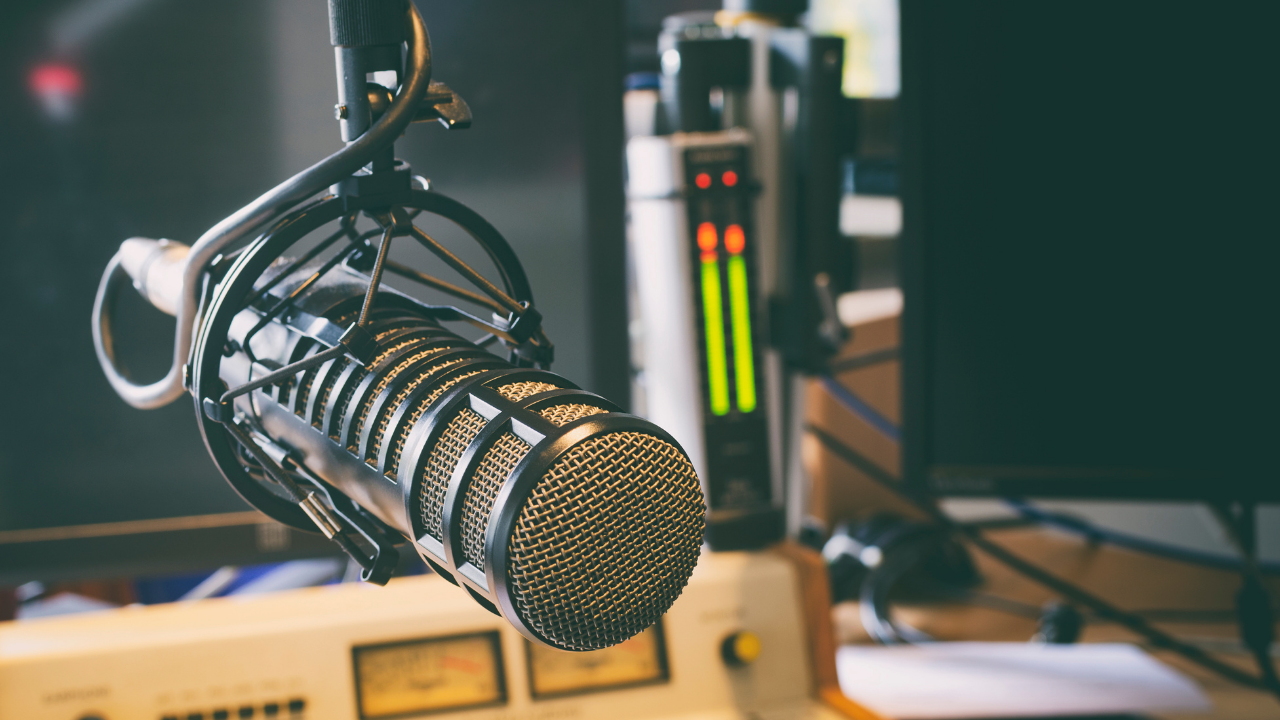The way people receive their news and information nowadays is constantly changing. Since the first podcast was launched in 2004 by former MTV VJ Adam Curry and software developer Dave Winer, these intimate conversations have become more popular and accessible with your smartphone always close by. According to one article, the popularity of podcasting has skyrocketed to 90 million listeners and carries a $400 million budget – a far cry from its humble beginnings.
Ginni Saraswati, a New York-based professional podcaster with deep roots in radio, has experienced the evolution of podcasting from the beginning. For Saraswati, that “beginning” was radio broadcasting in 2006. In 2007, then Australia-based Saraswati saw podcasting making big moves when she took a radio role co-hosting a breakfast show. “Being on radio meant that I was able to connect with some amazing people. During this time, we noticed that our show was getting downloaded a lot from our podcast feed. We were connecting with people from all over the world, not just in Melbourne,” she says.
Podcasting’s reach was one of the huge draws of the novel news and entertainment medium. While it certainly has roots in radio, advancing technology has created notable differences. For one thing, podcasts are longer because smartphone technology keeps advancing their bandwidth and storage capacity. Using a smartphone to listen to a podcast is also easier and more reliable than catching your radio show live. Saraswati says live radio didn’t always work for everyone. She explains that some people would be on public transport, and they couldn’t get the FM signal, or the time zone they were in didn’t permit tuning in live. “With podcasting, that all changed. The listener was given complete autonomy and was able to tune in when they wanted to,” she adds.
Although the advantages of podcasting are becoming clear, many people who worked in radio, like Saraswati, remain loyal to the traditional medium, knowing it still has its place. For Saraswati, shows like hers experienced the best of both worlds in a “hybrid” environment that uses both radio and streaming broadcasts. Saraswati explains: “Parts of our radio show were on the station’s podcast feed – in particular, guest interviews we did with celebrities. What this did was it opened up a whole new international audience for us. Not only were people also tuning in live, but they were also able to access and tune into parts of our show as they wished.”
While most mainstream radio stations are integrating podcasts as a staple part of their shows, more differences between the two mediums have become clear. Even though radio has always been a rather intimate source of entertainment, podcasts are even more so. Saraswati explains that unlike the traditional radio listening experience, most listeners tune in with headphones so you are literally in someone’s ear with podcasts. “The setup is similar to a personal conversation,” she says. “You’re talking to one person, referring to this persona as ‘you.’ This tactic of podcasting drives greater intimacy and impact.”
Saraswati says she sees similarities between the two venues as well. “Like radio, podcasting is consumed on the go, and the host frames the interviews or conversations to create an environment where the listener feels like they are part of the conversation.
“I feel podcasting is, in a way, like radio on demand. Radio traditionally has been a source of breaking news, information, traffic, weather, and entertainment, releasing the latest songs from artists. Now, streaming services have taken some of the audience looking for new music from FM stations, and listeners can directly have a similar experience on Spotify or Apple Music,” adds Saraswati.
When asked about the future of radio in the world of podcasting, Saraswati says that even though she feels there’s still room for radio in the ever-advancing world of podcasting, some adjustments need to be made. “Radio needs to pivot its content in a way where it’s less reliant on people tuning in at a particular time, to acquire talent, content, and topics of interest to build an audience,” says Saraswati. She feels many networks have made this necessary shift, and others are beginning to see that this changing with the times is essential.



